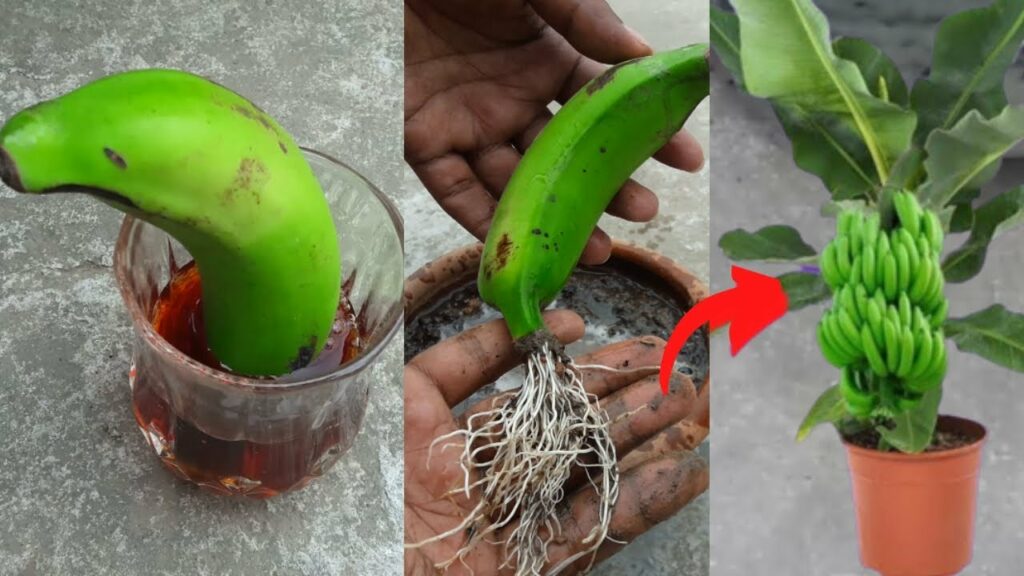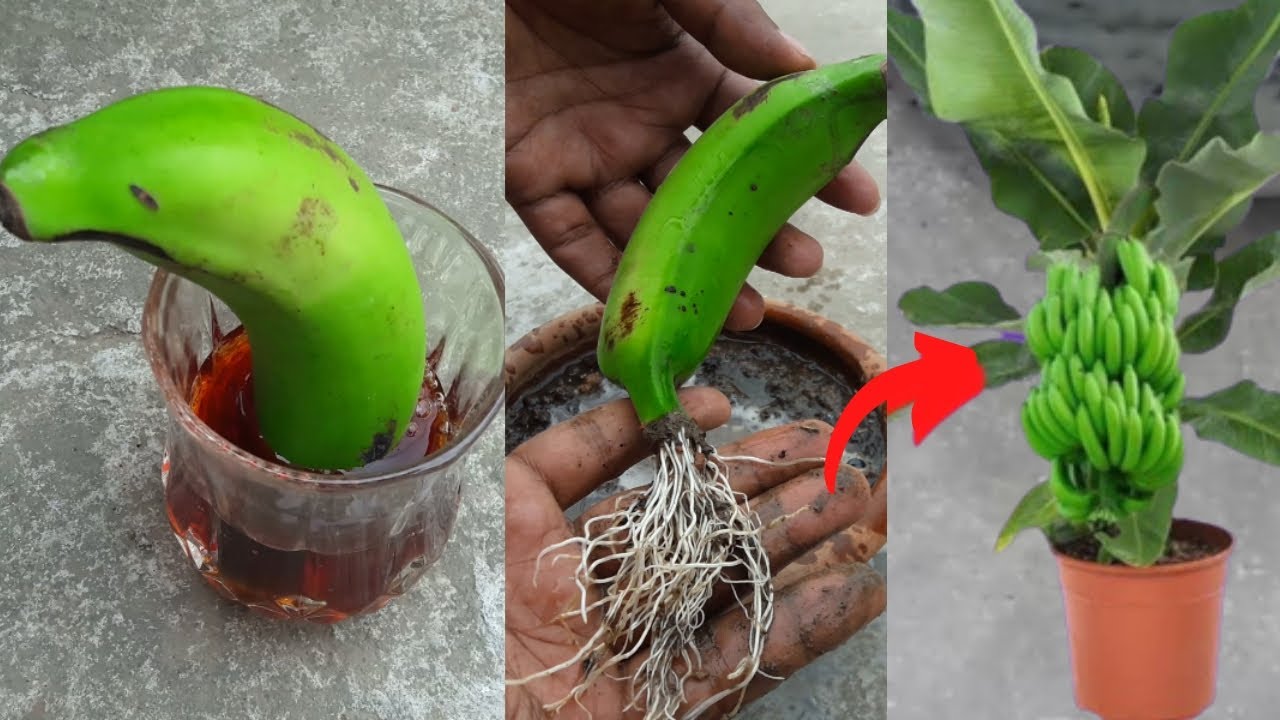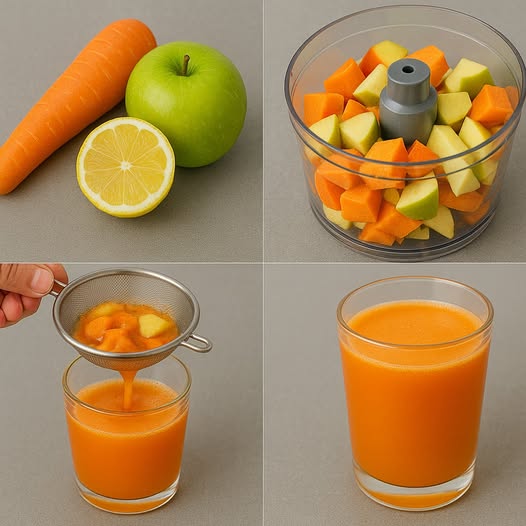
Growing a banana tree from a banana might seem like a fun idea, but it’s important to understand that banana plants are typically propagated from suckers (also known as pups) or corms rather than from the fruit itself. However, it’s still a fascinating process to learn about the propagation of banana plants. Here’s how you can propagate a banana tree, either from a banana sucker or by experimenting with seeds if you have access to wild banana varieties.
Propagating a Banana Tree from Suckers
Materials Needed:
-
Banana sucker (pup) with roots
-
Shovel
-
Pot or planting area
-
Rich, well-draining soil
-
Water
Instructions:
-
Identify a Healthy Sucker: Find a healthy sucker (a small offshoot that grows from the base of a mature banana plant) with its own roots. Ideally, it should be around 3 feet tall.
-
Dig Up the Sucker: Use a shovel to carefully dig around the base of the sucker. Make sure to get a good portion of the root system. Separate the sucker from the mother plant by cutting through the rhizome (underground stem).
-
Prepare the Planting Site: Choose a sunny location with rich, well-draining soil. If planting in a pot, make sure it is large enough to accommodate the growing plant.
-
Plant the Sucker: Dig a hole deep enough to cover the roots of the sucker. Place the sucker in the hole and cover the roots with soil. Firmly press the soil around the base of the plant.
-
Water the Plant: Water the newly planted sucker thoroughly. Keep the soil consistently moist but not waterlogged.
-
Care for the Plant: Banana plants require regular watering, especially in dry periods. Fertilize the plant with a balanced fertilizer to encourage growth.
Growing a Banana Tree from Seeds
Most cultivated banana varieties are sterile and do not produce viable seeds. However, wild bananas do have seeds. Here’s how you can attempt to grow a banana tree from seeds if you have access to them:
Materials Needed:
-
Banana seeds (from a wild variety)
-
Sandpaper or a nail file
-
Bowl of warm water
-
Seed-starting soil mix
-
Pots or seed trays
-
Plastic wrap
Instructions:
-
Scarify the Seeds: Use sandpaper or a nail file to gently nick the hard outer coating of each seed. This helps water penetrate the seed and encourages germination.
-
Soak the Seeds: Place the seeds in a bowl of warm water and let them soak for 24-48 hours. Change the water if it cools down to keep it warm.
-
Prepare the Soil: Fill pots or seed trays with a seed-starting soil mix. Ensure the soil is well-draining.
-
Plant the Seeds: Plant the soaked seeds about 1/4 inch deep in the soil. Cover the pots or trays with plastic wrap to create a warm, humid environment.
-
Germination: Place the pots or trays in a warm location with indirect sunlight. Banana seeds can take several weeks to several months to germinate, so be patient.
-
Care for the Seedlings: Once the seeds germinate, remove the plastic wrap and continue to keep the soil moist. When the seedlings are large enough to handle, transplant them to larger pots or into the ground in a suitable location.
Tips for Successful Banana Plant Growth
-
Warm Climate: Banana plants thrive in warm, tropical climates. They need temperatures between 75°F and 95°F (24°C to 35°C) to grow well.
-
Sunlight: Ensure the plant receives full sun for at least six hours a day.
-
Watering: Keep the soil consistently moist but avoid waterlogging. Good drainage is essential.
-
Fertilization: Banana plants are heavy feeders. Use a balanced fertilizer regularly to support growth.
-
Protection: Protect the plant from strong winds, which can damage the leaves and trunk.
Conclusion
While you can’t grow a banana tree directly from a store-bought banana, you can propagate a banana plant from suckers or experiment with seeds from wild bananas. By following these steps and providing the right care, you can enjoy the rewarding experience of growing your own banana tree. Happy gardening!




